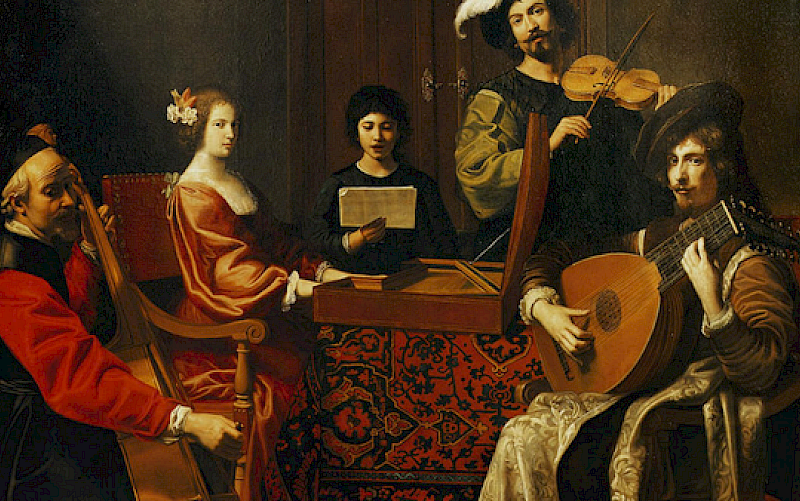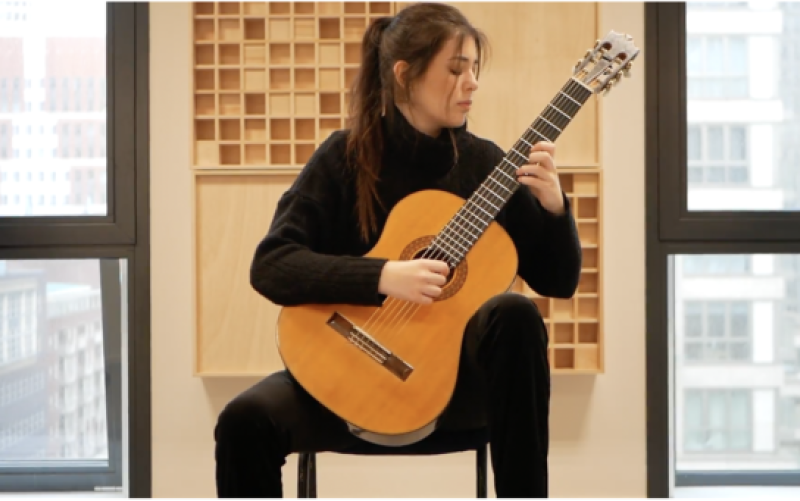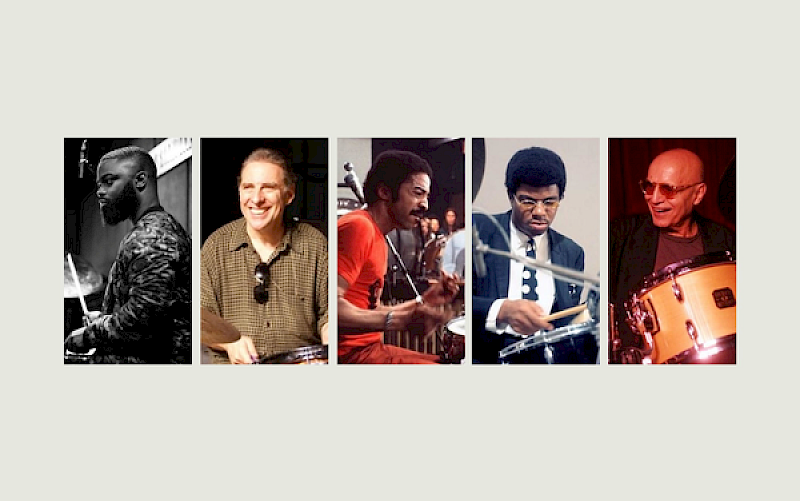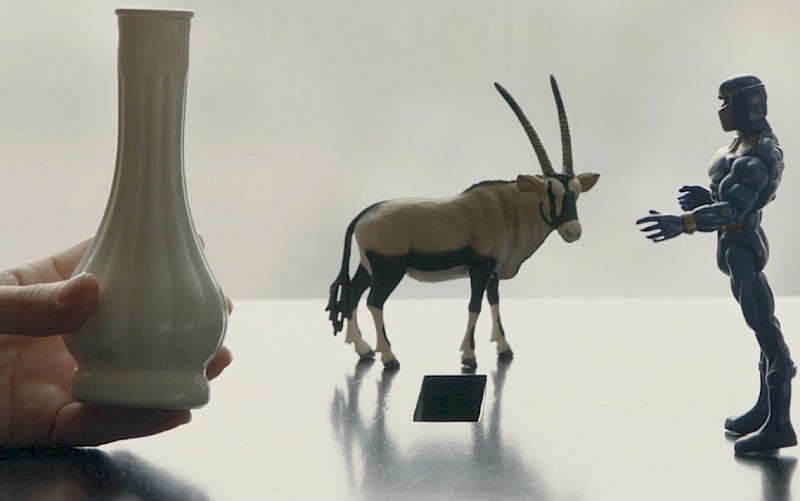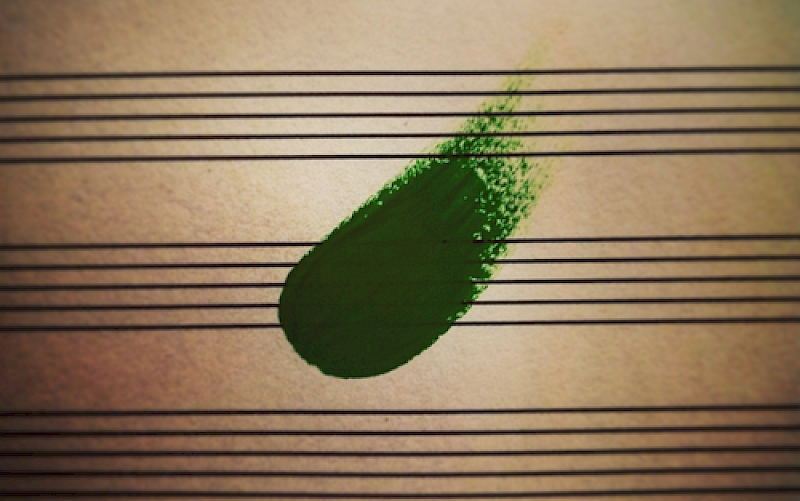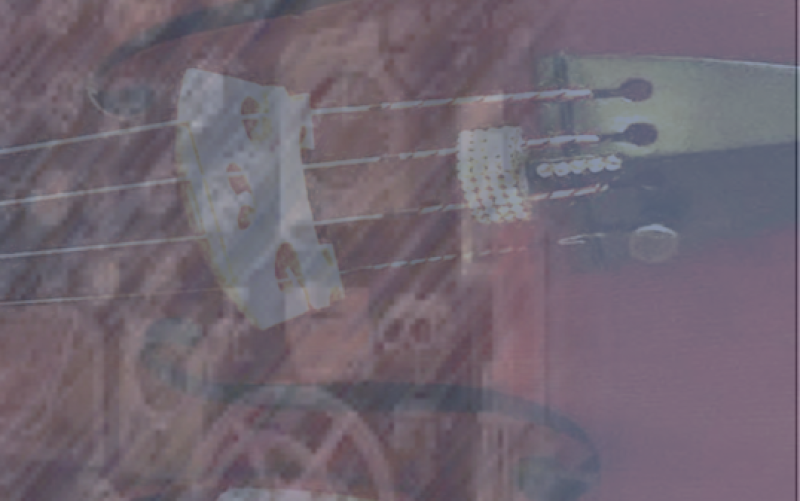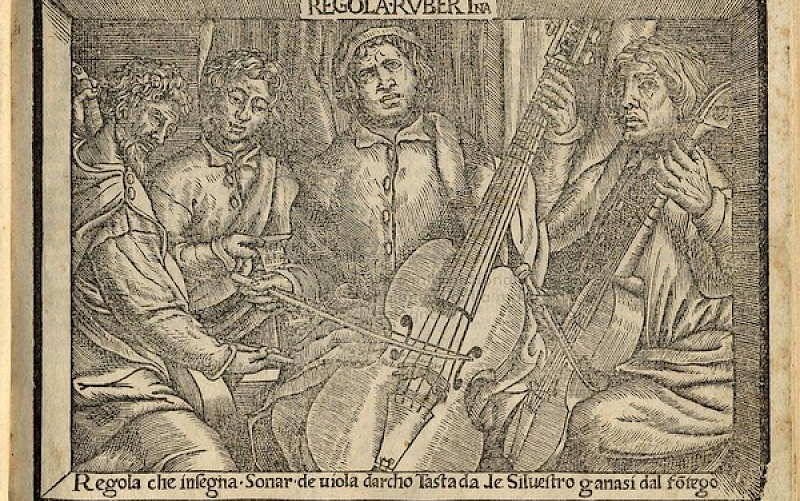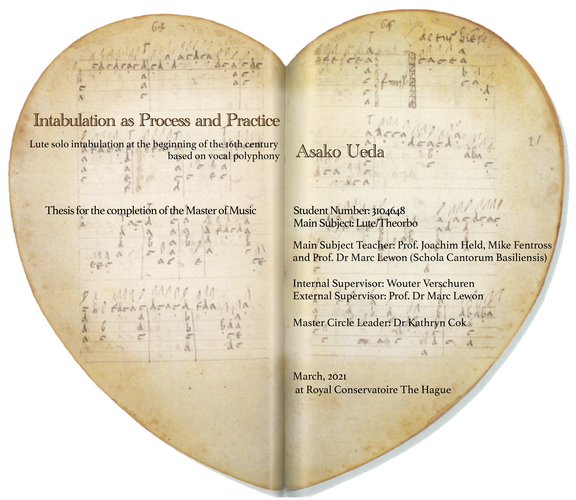
Intabulation as process and practice (Master thesis)
Research Title: Intabulation as process and practice Research questions: When it comes to the manifold surviving solo lute intabulations from around 1500, where is the line between "unwritten" and "written" intabulation? Intabulating involves the writing out of several parts into tablature, but does this twofold distinction really apply to all pieces? What was the process of appropriation of vocal polyphony for a lutenist of the early 16th century? How can we apply this to our own processes? Abstract: Intabulation refers to the arrangement of vocal pieces for what Johannes Tinctoris refers to as a “perfect instrument”, amongst which he counts such instruments as keyboards and the lute – and it implies writing out the parts of a polyphonic composition into tablature. However, after playing many surviving intabulations for several years, I had a strong feeling that there must be an “unwritten” solo lute intabulation practice behind the “written” intabulations from the beginning of the 16th century, in contrast to the more “composed” intabulations from the time after the mid-16th century. While surviving sources provide us with much information on what lutenists played, they also hide the “unwritten” practice which they did not record. We can only imagine what was happening. In this thesis, I investigate the process of intabulation by lute players from this time by analysing and comparing different versions of the same song from different sources. Through this research, I trace the transition of the changing style of intabulation, which is in turn related to the transition of lute technique from plectrum to finger-plucked and the change in style of the vocal models. Moreover, the diffusion of printed music changed the manner of the transmission of music. To conclude, I hypothesise that lute players might have listened to and copied each other’s intabulations unconsciously, and when they wanted to preserve their work, they might have made some adjustments to their intabulations. The study also suggests how to apply these ideas to actual intabulation practice, which will be presented in the Research Symposium online as a video format. Biography: The Japanese lutenist Asako Ueda studied the lute at the Royal Conservatory of The Hague with Mike Fentross and Joachim Held and completed her Bachelor's with the highest achievable mark, which gives her the opportunity to continue to the Master’s program with the Excellence Scholarship of the Royal Conservatory of the Hague. She won first prize at the Biagio Marini Competition and third prize at the International Van Wassenaer Competition. She started playing the violin at the age of five. After finishing her Bachelor’s degree with the violin in Tokyo, she continued to study the Baroque violin and composition. https://asakoueda.com
Author: Asako Ueda

